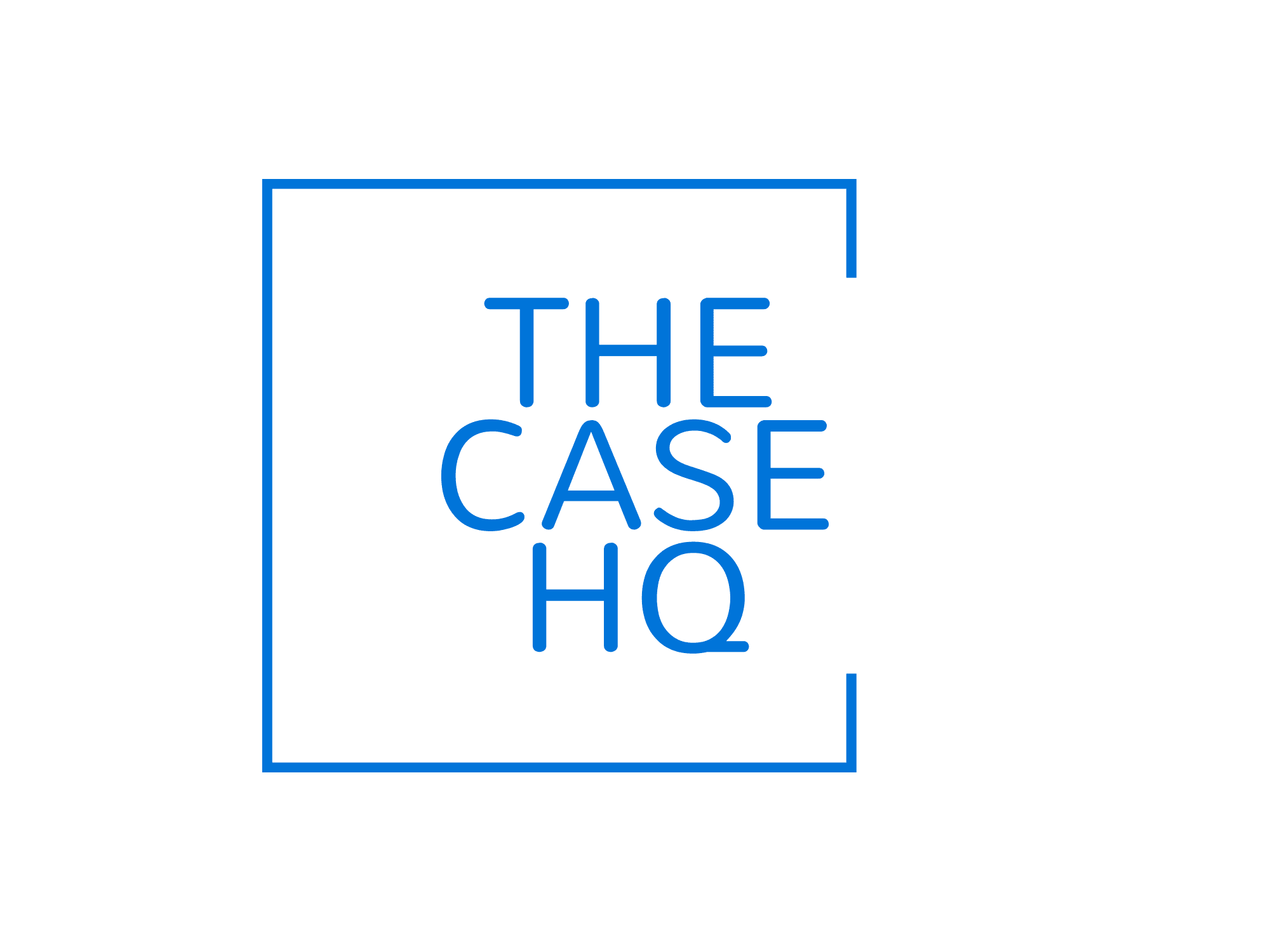In the realm of case study research, data collection is of the utmost importance. One of the prominent data sources researchers often utilize are published sources. Let’s explore the advantages and potential pitfalls of using published sources in case study research.
The Influence of Case Studies on Corporate Social Responsibility
Advantages
1. Accessibility Published sources are often readily accessible. Whether it’s books, research papers, online articles, or reports, researchers can access these resources with relative ease, making them a convenient data source.
2. Time and Cost Efficiency Using published sources for data collection can save a lot of time and effort. There is no need to design a survey or interview process or wait for responses to come in. This makes it a cost-efficient data collection method.
3. Credibility If the published sources are from reputable publishers or authors, they can lend credibility to the research. They often undergo rigorous scrutiny and editorial checks before publication, ensuring their accuracy and reliability.
Pitfalls
1. Potential Bias One of the main drawbacks of using published sources is potential bias. The information provided might be influenced by the author’s perspective or the publisher’s agenda. Researchers need to be aware of this and critically evaluate the sources they use.
2. Lack of Customization Unlike primary data, where researchers can design the data collection process based on their specific needs, published sources are not customizable. They may not provide all the specific information a researcher is looking for.
3. Outdated Information In rapidly changing fields, published sources can quickly become outdated. This can be a disadvantage when the research requires the most current information.
In conclusion, while published sources offer numerous benefits like accessibility, cost-efficiency, and credibility, researchers must be mindful of potential pitfalls like bias, lack of customization, and outdated information. As in all research, a balanced and critical approach to data collection will ensure robust and meaningful case study research.
Visit The Case HQ for 95+ courses
Read More:
Case Study Writing: Turning Real-World Scenarios into Educational Tools
Using Case Studies to Drive Business Growth: Strategies and Examples
7 Steps to Writing Case Studies That Highlight Problem-Solving Skills
6 Steps to Crafting Case Studies for Marketing: Engage Your Audience Effectively
Comparative Case Studies: Analyzing Success Across Different Industries
10 Ways Artificial Intelligence in Education is Revolutionising Learning (2025 Guide)
Introducing the 5-Level Digital Transformation Certification Framework
Game-Changing Future of Education: How AI in Assessment is Revolutionising Learning



Responses